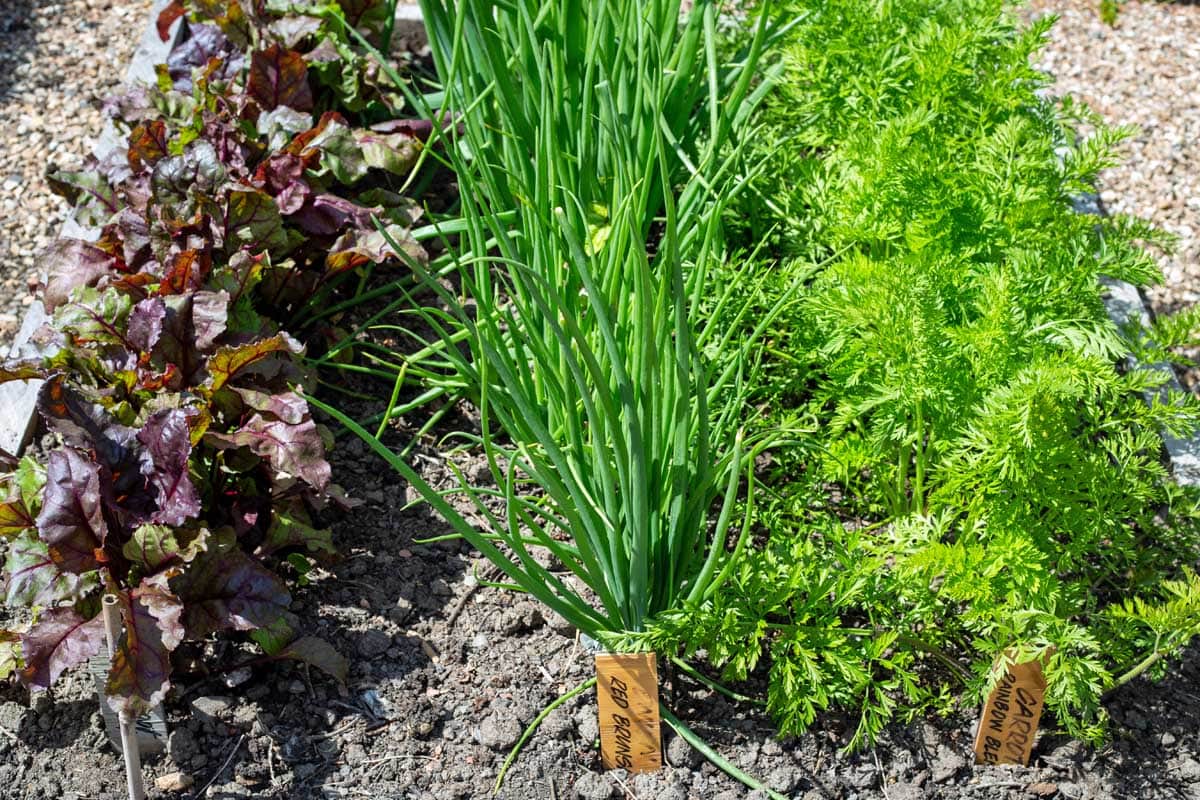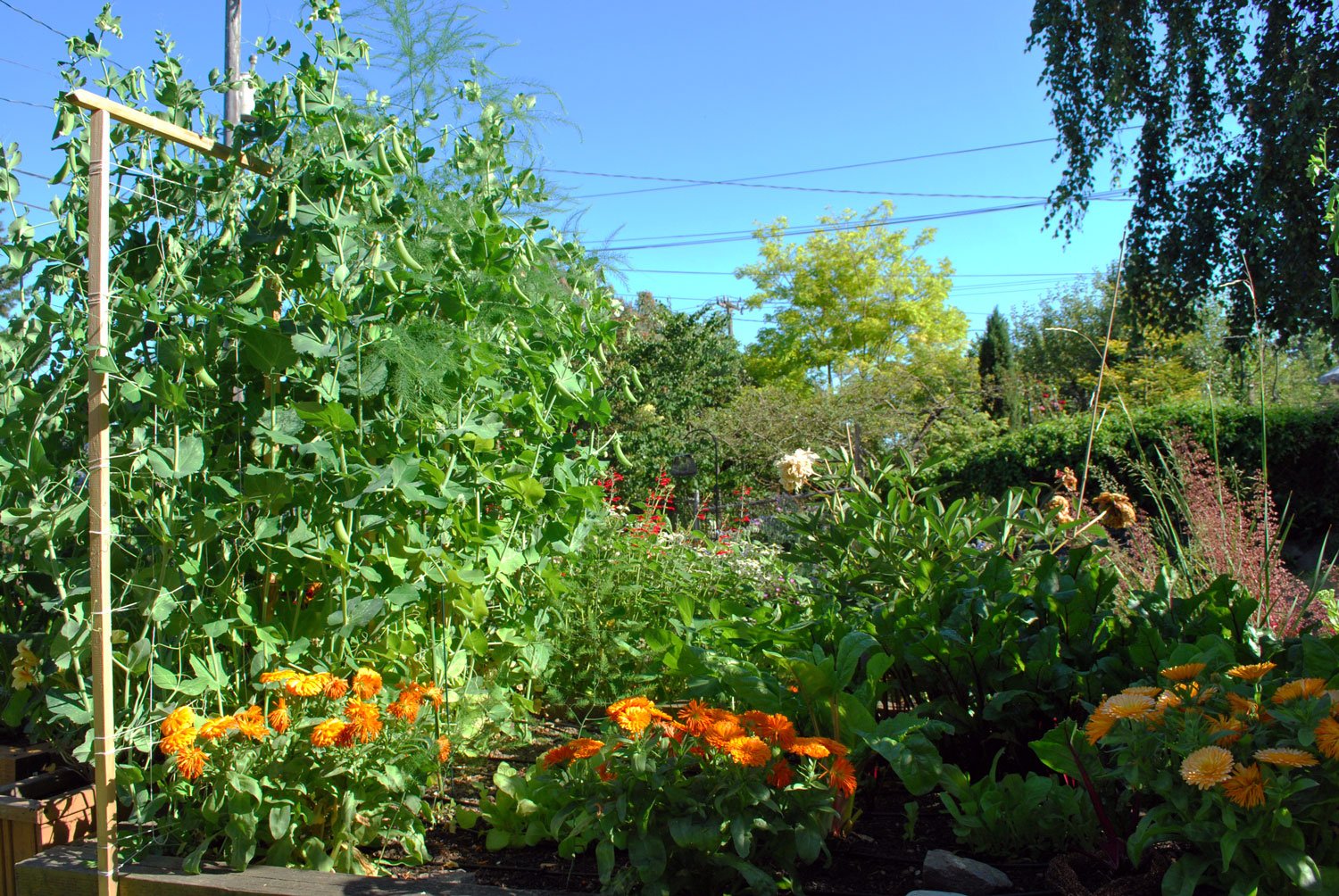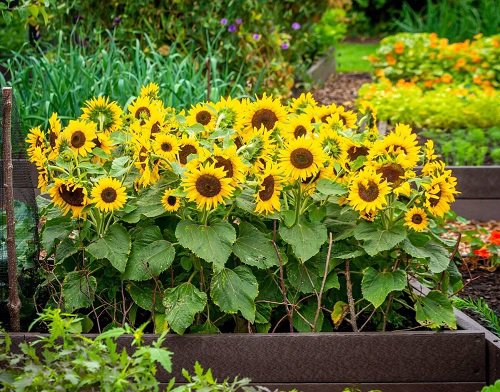The Ultimate Guide To Pairing Plants In Your Garden
The Ultimate Guide to Pairing Plants in Your Garden
Companion planting is a gardening technique that involves planting certain plants together to benefit each other. By understanding the relationships between different plants, you can create a more productive and pest-resistant garden.
There are many different benefits to companion planting. Some of the most common include:
- Attracting beneficial insects: Many flowers and herbs attract beneficial insects, such as ladybugs, lacewings, and parasitic wasps. These insects help to control pests in your garden.
- Repelling pests: Some plants can actually repel pests. For example, marigolds are known to repel nematodes, which can damage root crops.
- Competition for resources: By planting complementary plants together, you can help to reduce competition for water, nutrients, and sunlight. This can lead to healthier plants and higher yields.
- Improved pollination: Some plants can help to improve pollination of other plants. For example, tomatoes and basil are both good companions for each other, as they attract different pollinators.
If you're new to companion planting, it can be helpful to start with a few simple combinations. Here are a few of the most popular companion planting pairings:
- Tomatoes and basil: Basil is a natural pest repellent that can help to protect tomatoes from aphids, spider mites, and other pests. It also helps to improve the flavor of tomatoes.
- Carrots and onions: Carrots and onions have different rooting depths, so they don't compete for resources. Onions also help to repel carrot fly.
- Cucumbers and nasturtiums: Nasturtiums attract beneficial insects that help to control pests in cucumbers. They also help to deter cucumber beetles.
- Beans and peas: Beans and peas fix nitrogen in the soil, which can benefit other plants in the garden. They also help to suppress weeds.
- Sunflowers and squash: Sunflowers provide support for vining squash plants, and they also help to attract pollinators.
These are just a few of the many possible companion planting pairings. There are many resources available to help you find more information about companion planting. Once you've learned a bit about the relationships between different plants, you can start to experiment with different combinations in your own garden.
[MAIN CONTENT]
Here are some additional tips for companion planting:
- Consider the height of the plants. When planting tall plants, such as corn or sunflowers, be sure to plant them in the back of the garden so they won't shade shorter plants.
- Consider the root depth of the plants. Some plants have shallow roots, while others have deep roots. Planting plants with different root depths together can help to prevent competition for water and nutrients.
- Consider the pests and diseases that are common in your area. Plant companion plants that can help to repel or control pests and diseases.
- Consider the pollination needs of the plants. Some plants are self-pollinating, while others need to be pollinated by insects. Plant companion plants that can help to improve pollination.
- Experiment with different combinations. There is no one-size-fits-all approach to companion planting. The best way to find out what works in your garden is to experiment with different combinations.
[CONCLUSION]
Companion planting is a simple and effective way to improve the health and productivity of your garden. By understanding the relationships between different plants, you can create a more balanced and harmonious ecosystem in your garden.
If you're new to companion planting, don't be afraid to start small. Just a few simple combinations can make a big difference in the health of your garden. With a little experimentation, you'll be amazed at how much you can improve your yields and reduce your pest problems.
Do you want to grow a beautiful and productive garden? If so, you need to know about companion planting. Companion planting is the practice of planting certain plants together in order to benefit each other. Some plants attract beneficial insects, while others repel pests. Some plants improve the soil, while others provide shade or support.
There are many different companion planting combinations, so it's important to do some research to find the best ones for your garden. A great resource for companion planting information is Gardenia Inspiration. This website has a comprehensive list of companion planting combinations, as well as information about the benefits of each combination.
In addition to providing information about companion planting, Gardenia Inspiration also offers a variety of other gardening resources, such as planting calendars, garden planning tools, and articles about gardening techniques. Whether you're a beginner or a seasoned gardener, Gardenia Inspiration is a valuable resource for all things gardening.
FAQ of pairing plants in garden
- What are the benefits of companion planting?
Companion planting is the practice of planting certain types of plants together in order to benefit each other. There are many different benefits to companion planting, including:
* Attracting beneficial insects and repelling pests. Some plants attract beneficial insects, such as ladybugs and parasitic wasps, which can help to control pests. Other plants produce chemicals that repel pests, such as marigolds, which repel nematodes.
* Improving soil health. Some plants, such as legumes, fix nitrogen in the soil, which can help to improve soil fertility. Other plants, such as comfrey, can help to improve drainage and aeration of the soil.
* Distracting pests. Some plants, such as nasturtiums, are more attractive to pests than other plants. Planting these plants near more vulnerable plants can help to distract pests and prevent them from attacking the more important plants.
* Shading and providing support. Some plants, such as tomatoes, can benefit from the shade provided by taller plants, such as corn. Other plants, such as peas, can benefit from the support provided by taller plants, such as beans.
- How do I know which plants to pair together?
There are a number of resources available to help you learn about which plants to pair together. You can find books, websites, and even apps that list different plant pairings and the benefits of each pairing. You can also talk to experienced gardeners or your local nursery staff for recommendations.
- How far apart should I plant companion plants?
The spacing requirements for companion plants will vary depending on the specific plants involved. Some plants, such as tomatoes and basil, can be planted relatively close together. Other plants, such as corn and beans, need to be planted further apart. It is important to check the spacing requirements for each plant before planting them together.
- Can I plant companion plants in containers?
Yes, you can plant companion plants in containers. When planting companion plants in containers, it is important to choose plants that have similar watering and sunlight requirements. You may also need to fertilize your plants more often when they are planted in containers.
- What are some common mistakes to avoid when companion planting?
Here are a few common mistakes to avoid when companion planting:
* Planting incompatible plants together. Some plants simply do not get along well together and can stunt each other's growth or even kill each other.
* Planting too many plants together. It is important to give each plant enough space to grow.
* Not watering your plants enough. Companion planting can help to improve soil health and attract beneficial insects, but it is still important to water your plants regularly.
* Not fertilizing your plants. Companion planting can help to improve soil fertility, but you may still need to fertilize your plants occasionally.
Image of pairing plants in garden
- Tomatoes and Basil. Tomatoes and basil are a classic companion plant pairing. Basil helps to deter tomato pests, such as aphids and whiteflies. It also helps to improve the flavor of tomatoes.
- Carrots and Onions. Carrots and onions are another great companion plant pairing. Carrots help to keep the soil loose and aerated, which onions appreciate. Onions also help to repel carrot root fly.

- Lettuce and Spinach. Lettuce and spinach are both cool-season greens that can be planted together. They have similar growing requirements and will not compete for resources.

- Peas and Beans. Peas and beans are legumes, which means they can fix nitrogen in the soil. This is beneficial for other plants in the garden, as nitrogen is an important nutrient for plant growth.

- Sunflowers and Marigolds. Sunflowers and marigolds are both tall plants that can be used to attract beneficial insects to the garden. Sunflowers attract pollinators, such as bees and butterflies, while marigolds repel pests, such as aphids and whiteflies.

Post a Comment for "The Ultimate Guide To Pairing Plants In Your Garden"